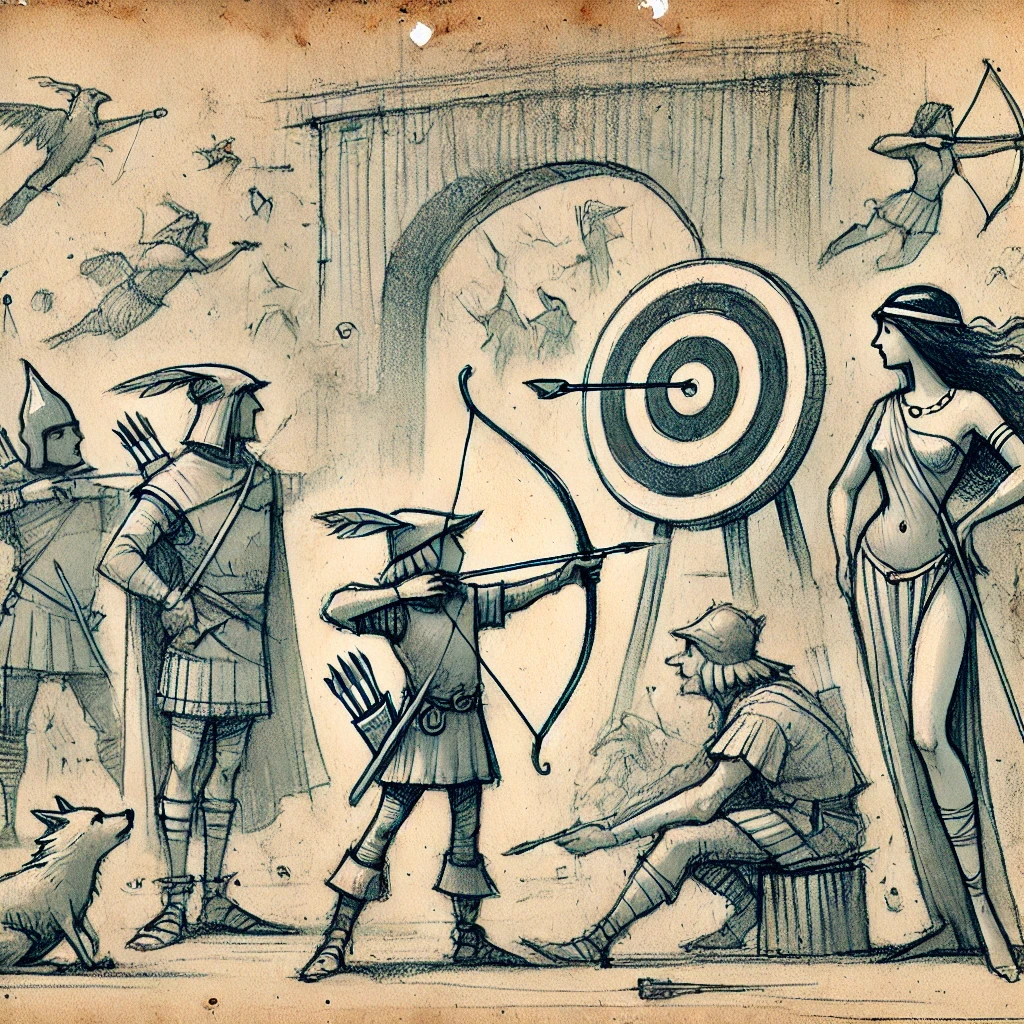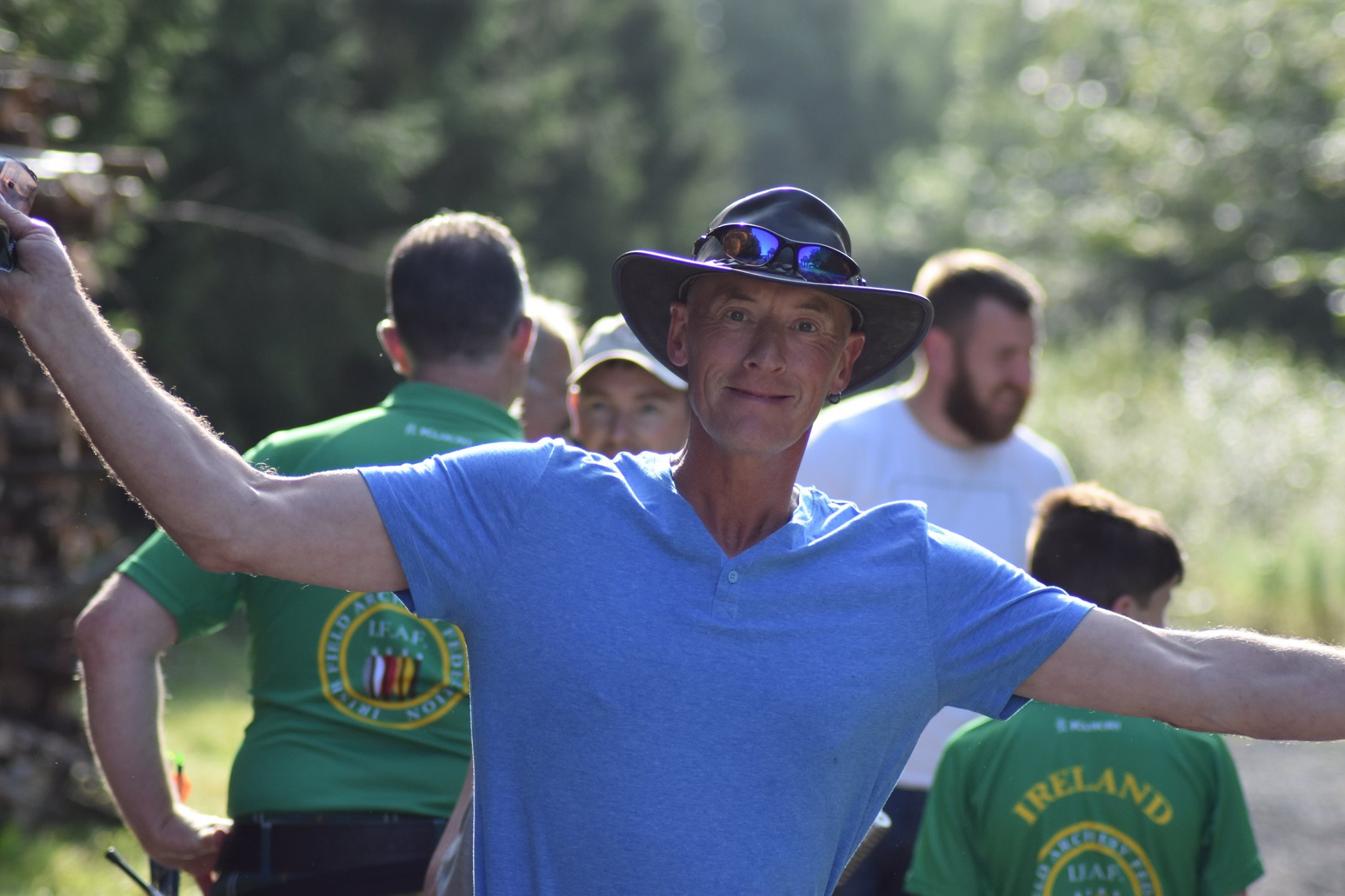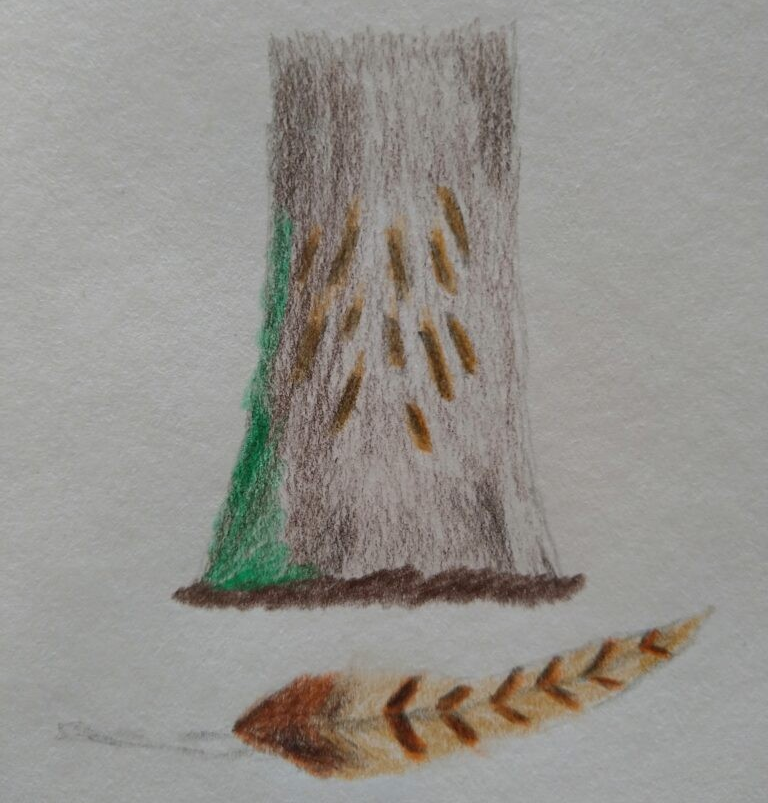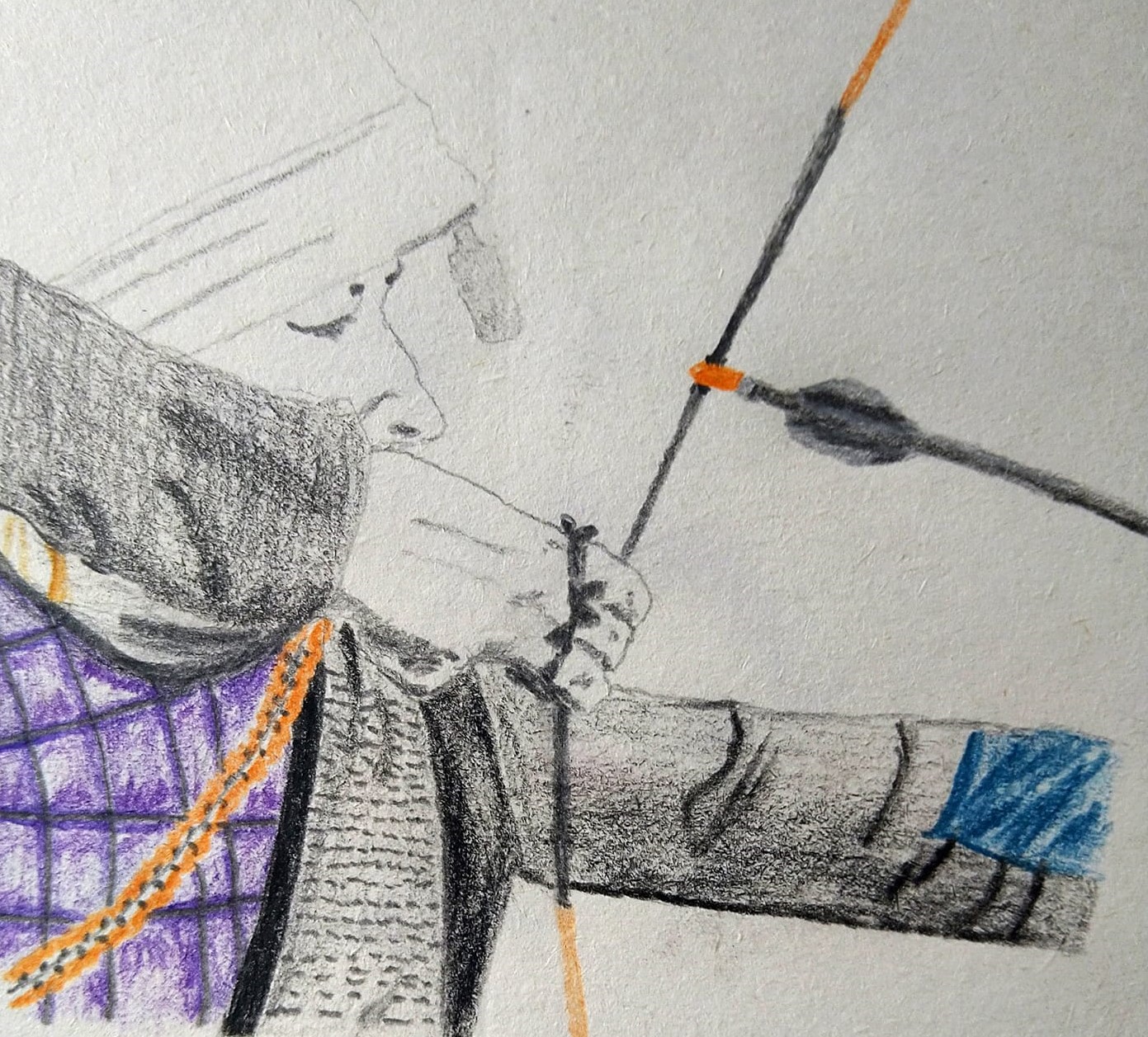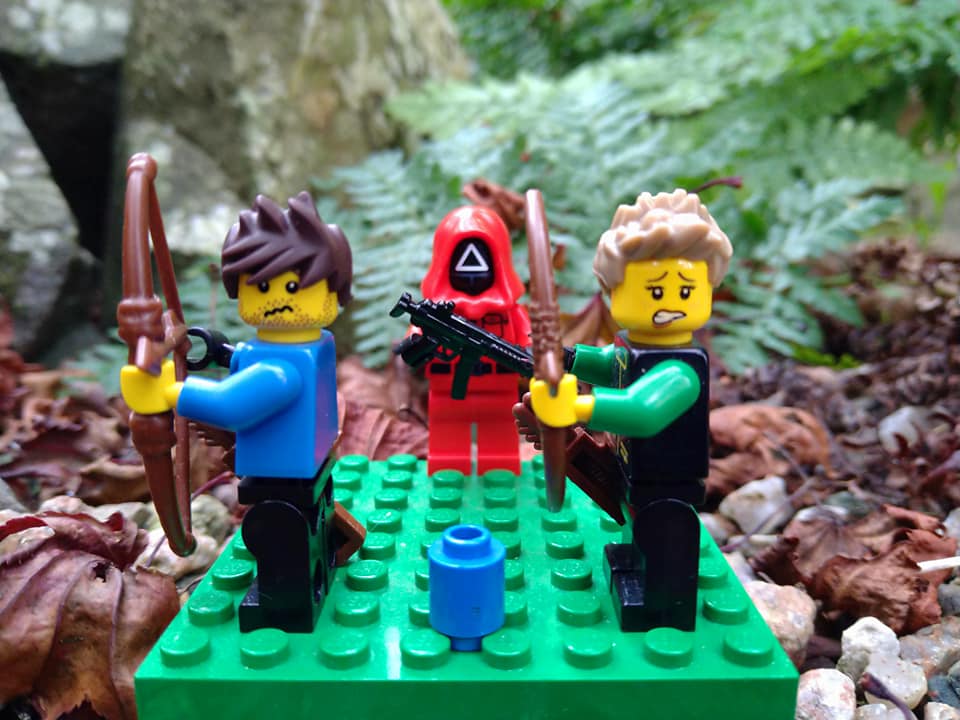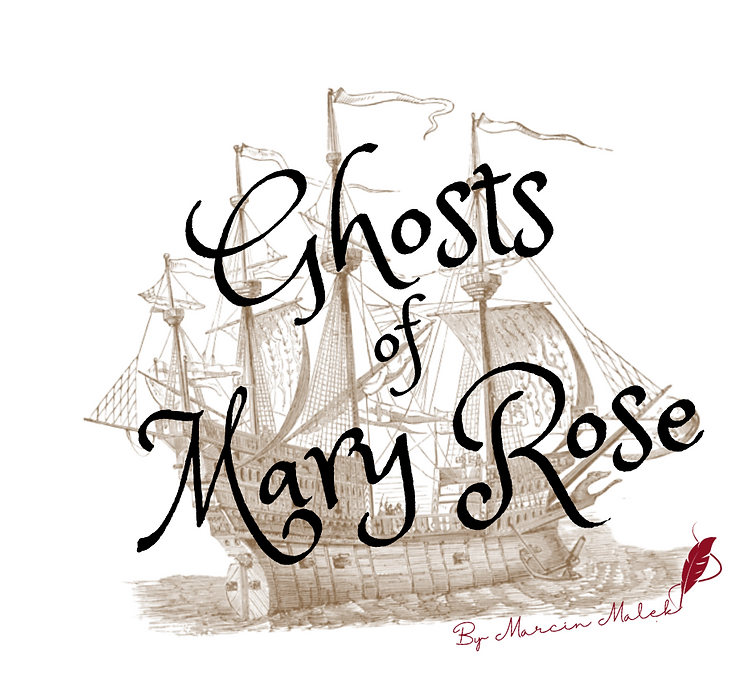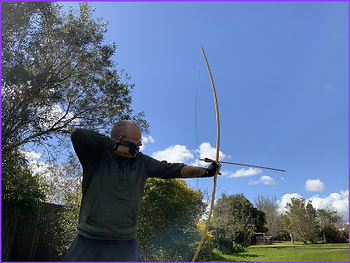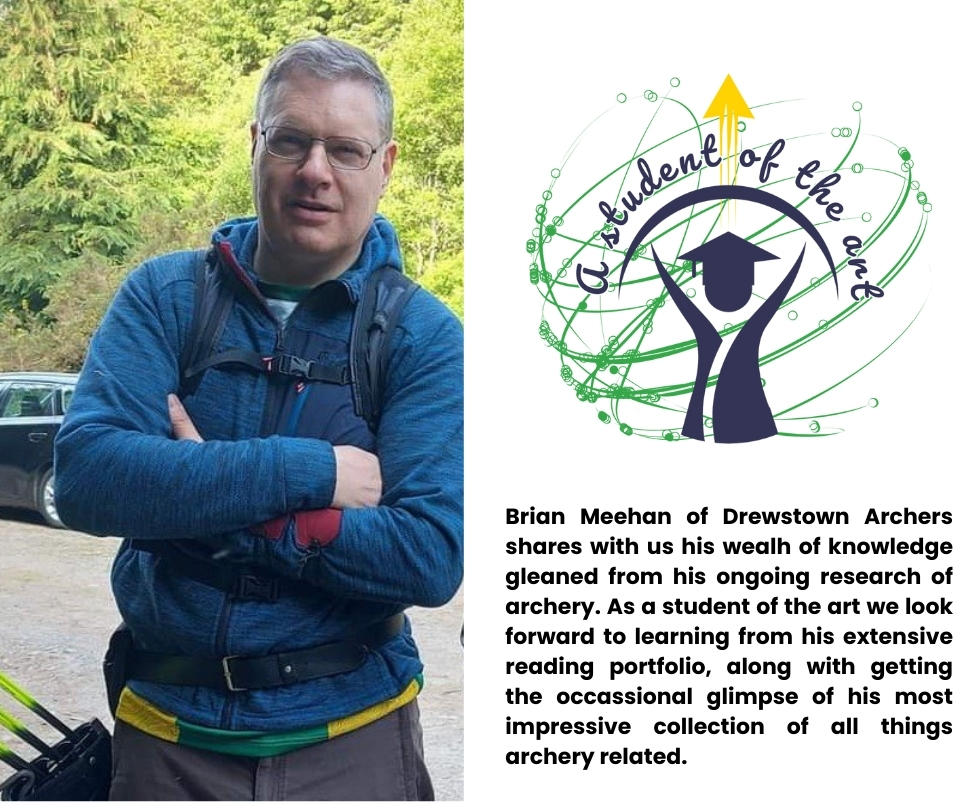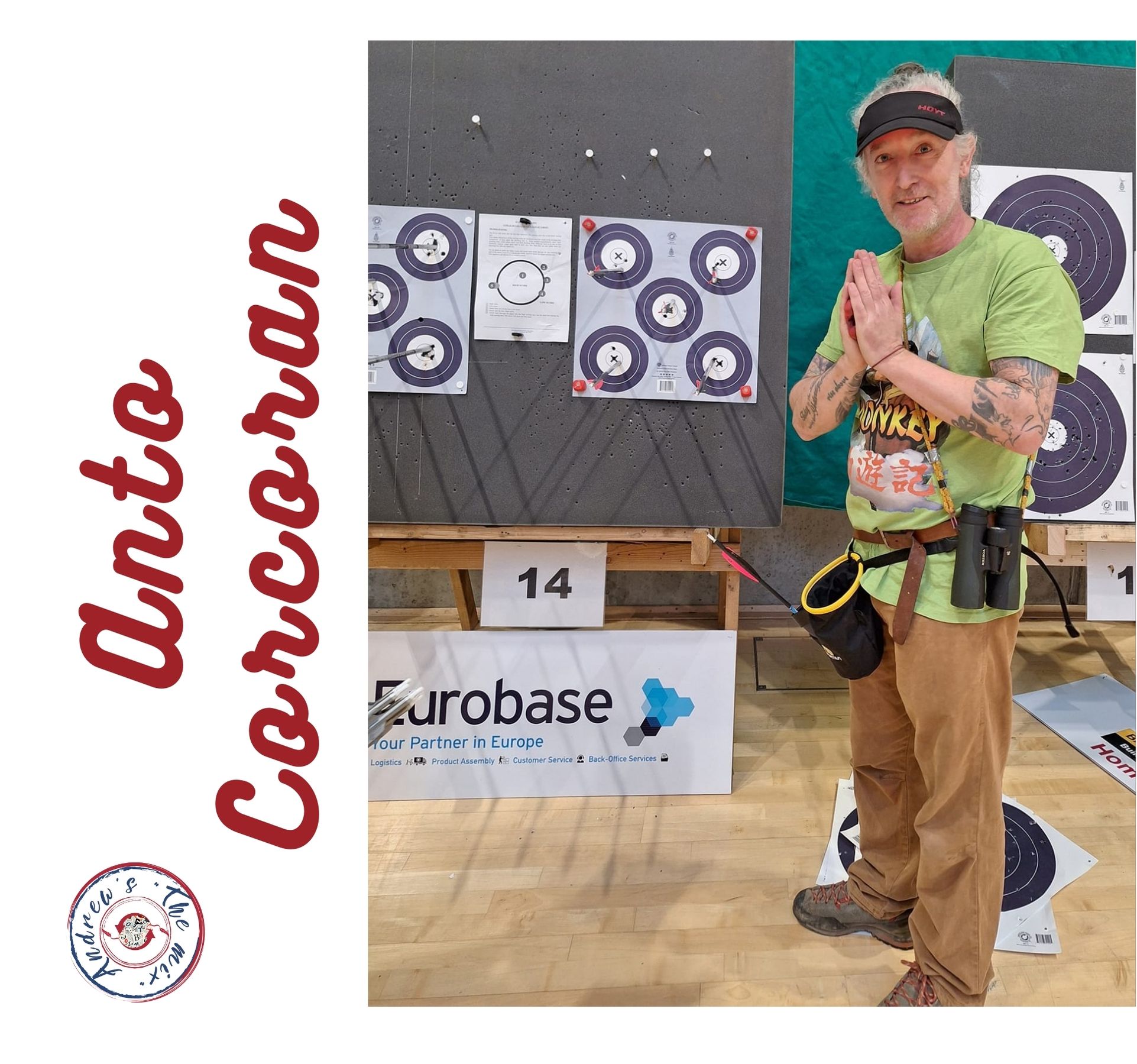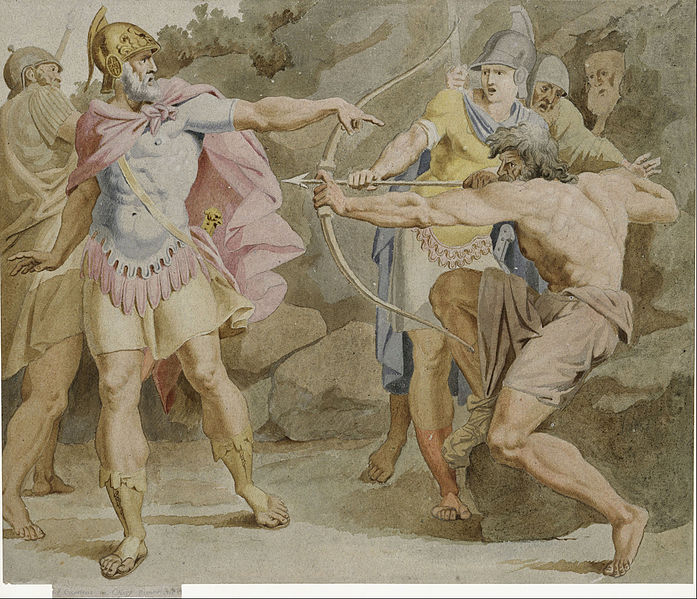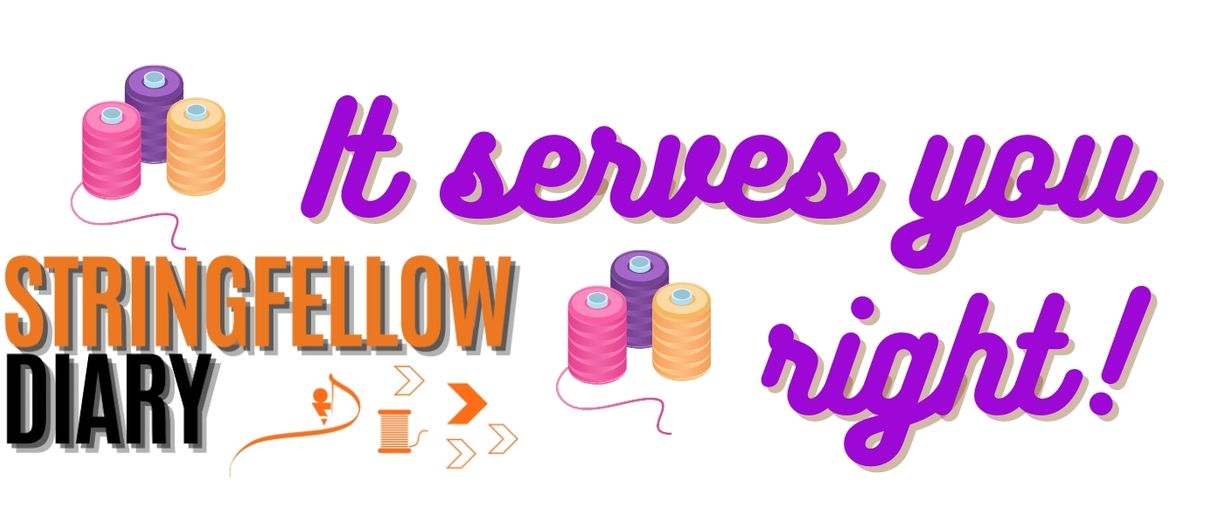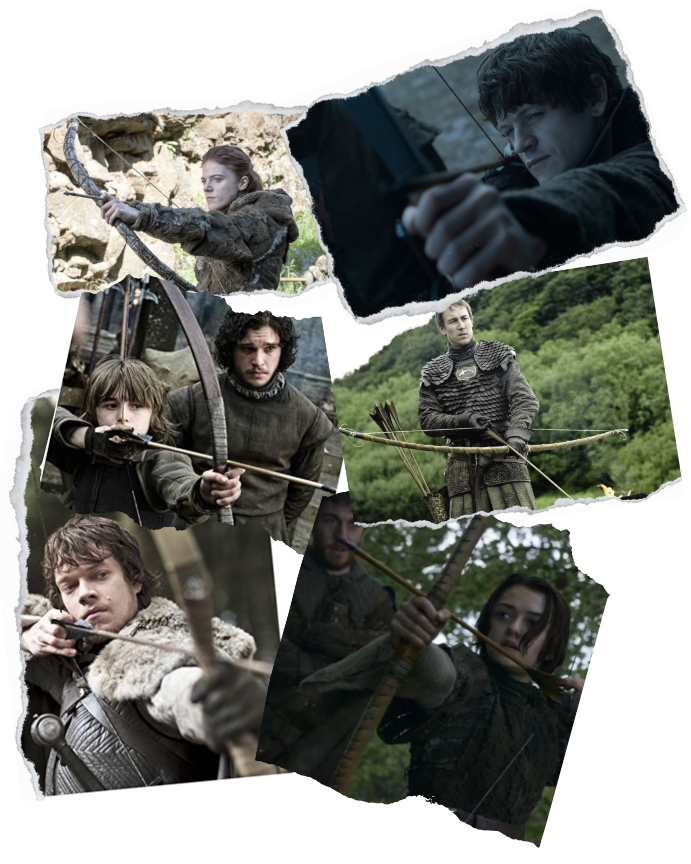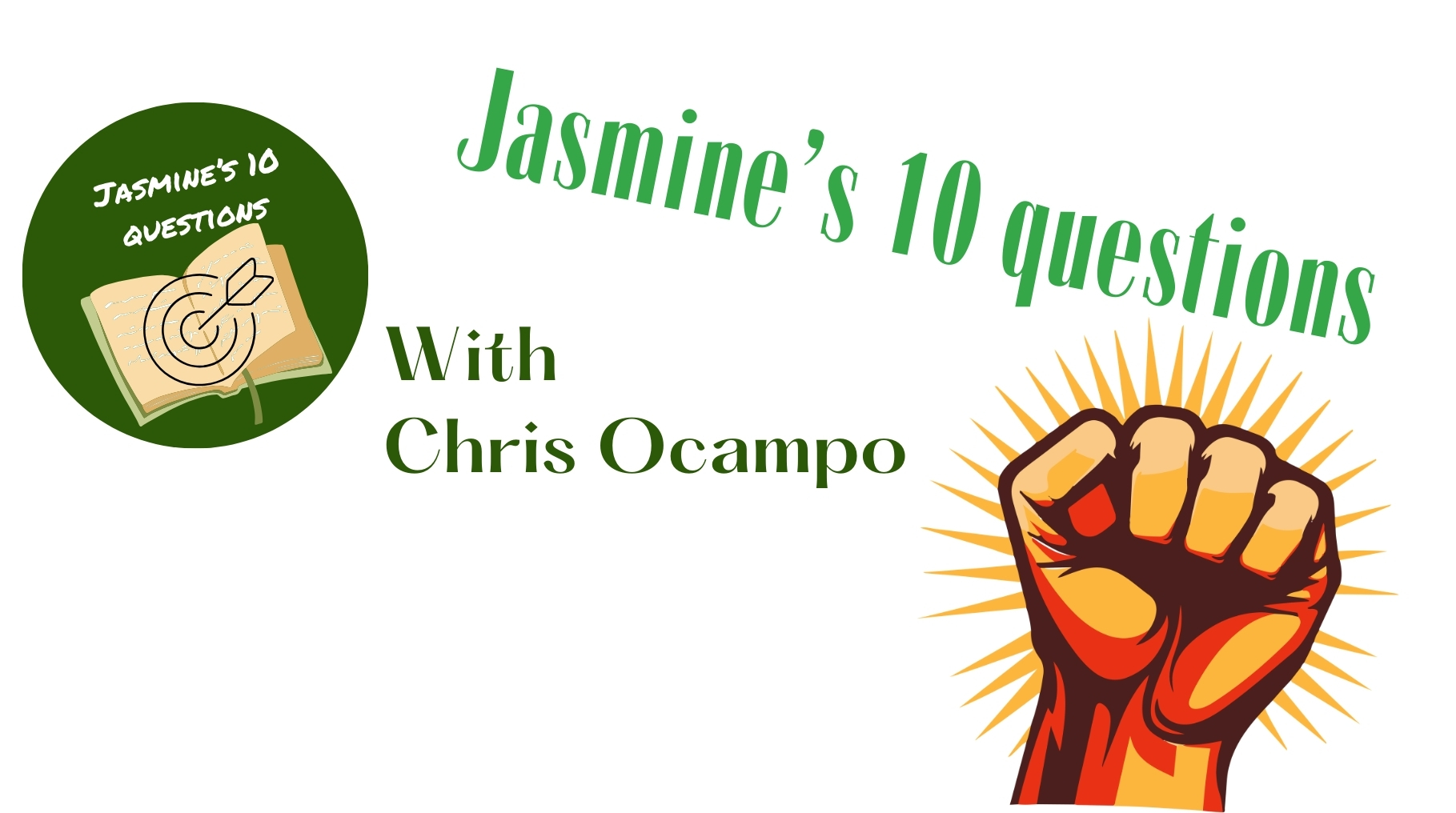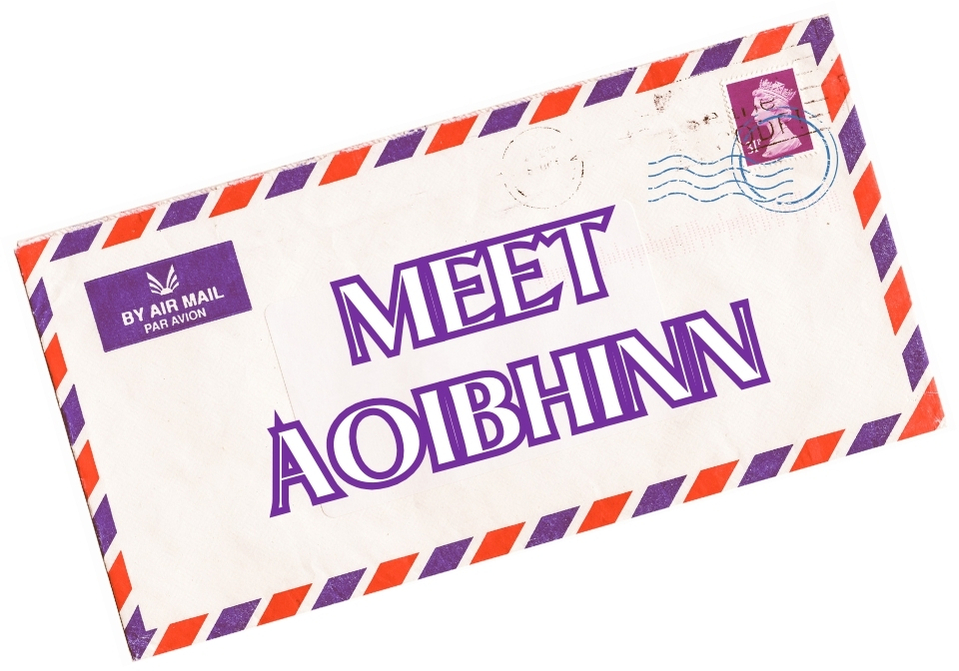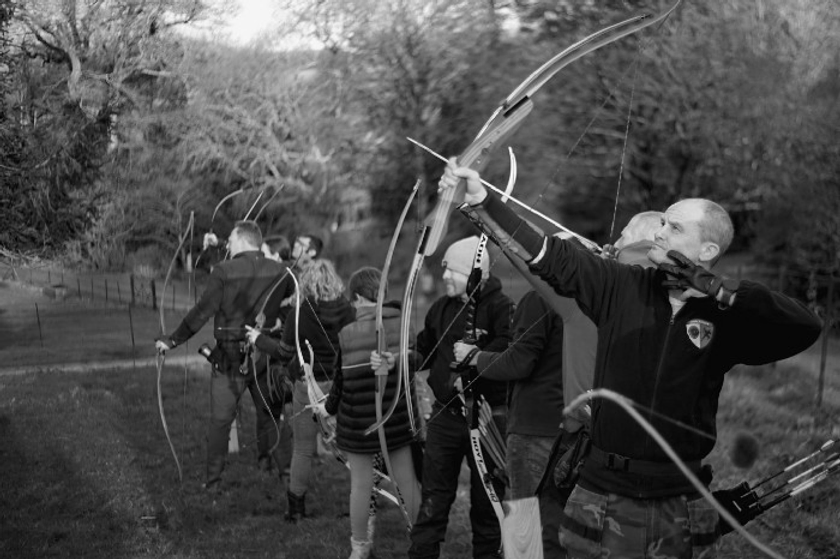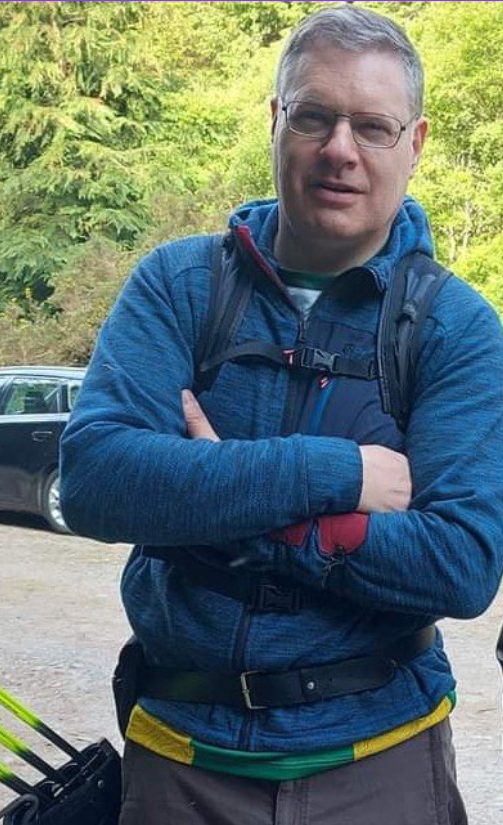
Brian Meehan of Drewstown Archers shares with us his wealth of knowledge gleaned from his ongoing research of archery. As a student of the art we look forward to learning from his extensive reading portfolio, along with getting the occassional glimpse of his most impressive collection of all things archery related. So here we kick off on a subject I’m sure many archers can relate to and sympathise with. I think, as with this, we’ve a lot to offer each on this journey, so, many thanks to Brian for his contribution.
~TARGET PANIC~
- What is Target Panic?
Strangely enough, there are varying definitions of what target panic is but they tend to center around the two concepts of either the premature release or snap shooting before the archer is truly ready to a bracing of one-self for the expected release of an arrow.
Thomas Grissom in his highly technical book “Principles of Traditional Archery” defines it as “a habit that develops little by little, as a result of using visual cues to trigger the release”. Joel Turner in his “Controlled Process Shooting” believes it has more to do with self-preservation whereby the mind is trying to save the body from being surprized by the release, hence causing it to flinch, brace or even release early.
Regardless of what definition we use, it has the same impact in that it makes the archer shoot faster, become less accurate and ultimately get frustrated with their performance. In most cases, the archer is subconsciously releasing before they have settled, aimed or even intended to release the arrows. This does not mean the archer will have all bad results but instead the aiming mechanism (gap shooting, instinctive or even sighted) will wander over the target and will go off in an uncontrolled fashion.
So how do you know if you suffering from target panic? Telling yourself that you can’t have it as you finish on the podium at most shoots does not necessarily mean that you do not have target panic. Howard Hill used to say, “most people are either getting over target panic or getting it”, which alignswith Thomas Grissom’s belief that it develops little by little over a long period of time.
The best way to check if you have some degree of target panic is to do the following two self-tests.
Draw your bow in front of a target and hold until someone says release.
Draw your bow in front of a target but let it down without firing three times in a row.
If you remove the target face and find its much easier to do these tests, that can also be a sign that you are triggered by the visual sight of the target. If you struggle with these or find you cannot do them, then chances are you have some degree of target panic.
- What are the symptoms?
Like the variety of definitions, there also a whole host of symptoms that might affect the archer ranging from:
- Arrows not going where you expect them to – some good and some not so good shots
- Shooting very fast
- Short drawing or not coming to anchor
- Snap Shooting
- Sweep shooting – sweeping aim over the target and releasing on the move
- Flinch when the arrow goes off or release anticipation etc.
If you can’t do either of these then chances are that you have target panic.
- Causes of Target Panic
There are various theories on what causes target panic but the best explanation I have seen is that as the mind is “outcome-based” in that the focus or concentration moves to the outcome of the shot.
Over time, the mind learns that it gets rewarded after a release/outcome of the shot and it starts to get triggered by visual cues such as the target and the anticipation of being on target. Some surmise that the shot moves from being process-based into the subconscious realm of the mind.

This can be thought of as a subconscious step whereby the archer or their mind to be precise, only becomes aware when looking for the result or outcome of the shot. They look down range or at the target to see if they will be rewarded, in the form of endorphins or adrenaline we all get with a good shot or score. Over time, this rush to be rewarded, results in the shot sequence speeding up. And as the whole sequence happens so quickly, the archer does not have an opportunity to stop or look for feedback as they have now programmed themselves to only get involved at the end of the process.
One of the most interesting findings was the amount of people that think the solution is to aim or concentrate on aiming that much harder! What does that even mean? Staring harder, longer, more intensely does nothing other than give you a headache. It turns out our subconscious does a brilliant job of aiming. It knows how to get your sight, arm, arrow on target and doesn’t need you interfering with it. It will make minute adjustments as required without you telling it so just leave it alone.
- So how do we cure Target Panic?
Joel Turner shatters any illusion of an instance fix. Instead, he asserts that the shooter must really work at it and make changes to themselves and their process. This is consistent with the psychology that it takes 30+ days to break and form a new habit. The key tenement is that the archer needs to take control back over the shot sequence and turn it into a conscious controlled shot process. In order, to do that the brain must be reprogramming to change the way it does things.
The consistent feedback is that to cure it, you must separate the act of aiming from the associated act of releasing the string. Aiming cannot be the trigger for the shot going off. There has to be some conscious decision to trigger the shot. You must slow the process down to the point that you take back control and are able to make adjustments, even to the point of stopping the shot and restarting it. Some call this moving from an open shot sequence where you have no time for feedback, to more of a closed system with time and signals for feedback. Either way, the key factor is that the aiming should be left to your subconscious and instead you just take control back of the trigger to the release process. Think of it as moving the trigger into the conscious mind. It is also important to recognize that there is no single solution or best practice that suits everyone and different solutions will work for different people.
Firstly, we need a “break” or a signal that tells us our brain to turn off auto-pilot and move back into a more concentrated or focused mode using the conscious part of our brain.

Examples of “breaks” include, a firmer anchor, specific contact as part of the draw, a specific draw sequence etc. One guy stops at the end of his draw and flexes each toe in his boot in order to get back to his conscious mind. In my case, I was never happy with my anchor.. it felt unnatural, weak and frankly not that repeatable. My solution was to cut the top off the middle finger of my shooting glove and use that in the corner of my mouth. The process of putting the bare finger to the corner of my mouth brought my thumb knuckle behind my jawline which previous hadn’t happened.
More importantly, these two things act as a “break” or stimulus to break me out of my subconscious mindset and make me concentrate on the next steps in the sequence.
The second thing is to that we cannot jump directly to release. Instead, we need to focus on the process that enables the apparent seamless or automatic release. One article mentioned that the only time you have full pressure on the string is when you firstly grip it unstretched and that post-draw, your fingers will have uncurled approximately one third. The process of pulling with your back and expanding will help to uncurl the remaining amount thus enabling the fingers to fall off the string in a natural way.
This is where you need to map out the steps you plan on doing and then use spoken cues to remind yourself. This “mantra” or attention cues helps to keep the mind focused and on-task rather than let the subconscious take over again.
In my case, I tell myself that I have to “hold” and not collapse, then “transfer” to my back muscles while continuing to expand. This resulted in me drawing to my new anchor, then saying “Hold-Transfer-Pull-Pull-Pull”. The purpose of this is two-fold; firstly, it reminds me of my process and keeps it grounded in my conscious mind while also serving to slow down my shot sequence.
The third step is the hardest and involves determining a release trigger that works for you that is automatic but not easily anticipated.
Examples would include the clicker in Olympic archery, pressure button on the grip or even the clicker on trad bows. But not all triggers need to be additions to the bow and in some cases, it can be as simple as expanding until you reach a certain back contraction, until thumb-baby finger separate or even a breathing sequence. One of the most successful instinctive triggers, is to setup their arrows so the feather touches the archer’s nose at full expansion. The fundamental thing is that it must be something that you cannot easily anticipate or brace for it and instead it becomes an automatic outcome of your expansion. One old-timer hunter explained to me that the anchor is a position but that you have two anchor points. The first is where you start expanding whereas the second is where your hand ends up post a good shot with good expansion and a clean release. He said his process was to connect his first anchor point with his follow-through anchor point without his hand losing contact with his face. This was an interesting way to keep his concentration on the shot and practice the outcomes for a good shot.
So with all that said, where do you start. Hopefully, these next few steps will help people on their journey to conquer target panic.
Step 1 – Get a blank sheet of paper and map out your shot sequence into steps.
Revisit it multiple times in between shooting, add steps, break it down into increments. In most cases, you will have a large “AIM” step, a few steps and then “RELEASE”.
Step 2 – Mark which steps take longer and which are really quick to execute
Step 3 – Use Trial and Error to determine the “Break”, the “Mantra” and the “Trigger” that works best for you. Play with different anchors and look for ones that can take your concentration into the conscious mind.
Step 4 – When you find the one that shows the most promise, re-map out your shot process on paper
Step 5 – Practice. Practice. Practice your new shot process.
Its key to remember that a few good practice shots are better than hundreds of poor practice shots. Take the time to focus on the process. Good tips are to
- Shoot at the Blank Bale with no target in place, focus completely on the “process”
- Close range shooting with eyes closed – firstly ensure it is safe to do so. Closing your eyes will shut out everything other than the process you are trying to re-program.
- Single arrow practice rounds – instead of shooting a quiver full of arrows, shoot one and use the walk to/from to reflect on what parts of process worked and didn’t work.
Above all else, remember you have total control over your shot. No one is forcing you to release an imperfect shot, instead build a closed-loop shot process whereby you are conscious of the steps and can take feedback on board and have the time to make corrections if required. Hopefully this article will help someone who either has target panic or may get it in the future.
REFERENCES
“Principles of Traditional Archery” – Book by Thomas Grissom · 2013
“Controlled Process Shooting: The Science of Target Panic” – Book by Joel Turner
“5 step cure for recurve archers suffering from target panic” – Professional Advise From Coach Ian Garner Lerose, USA Archery Level 4 NTS
Source: https://understandingarchery.wordpress.com/2018/01/01/this-can-cure-your-target-panic/ (retrieved Nov’23)






